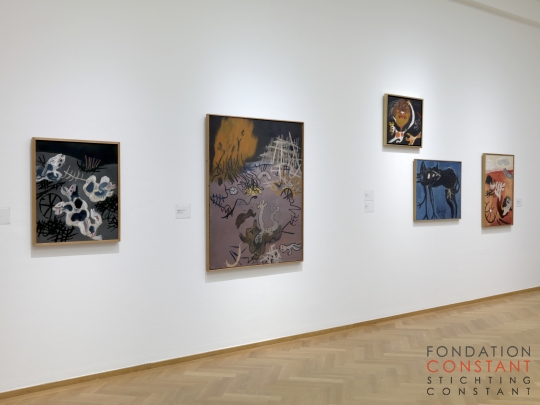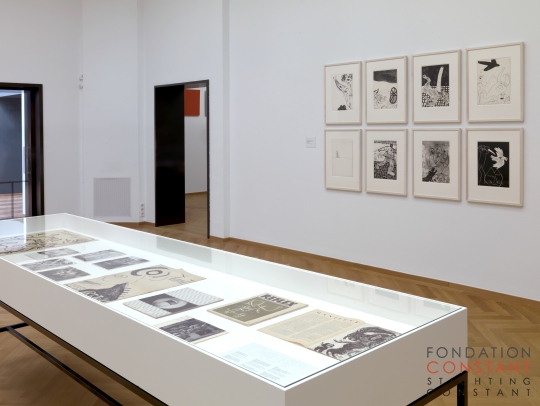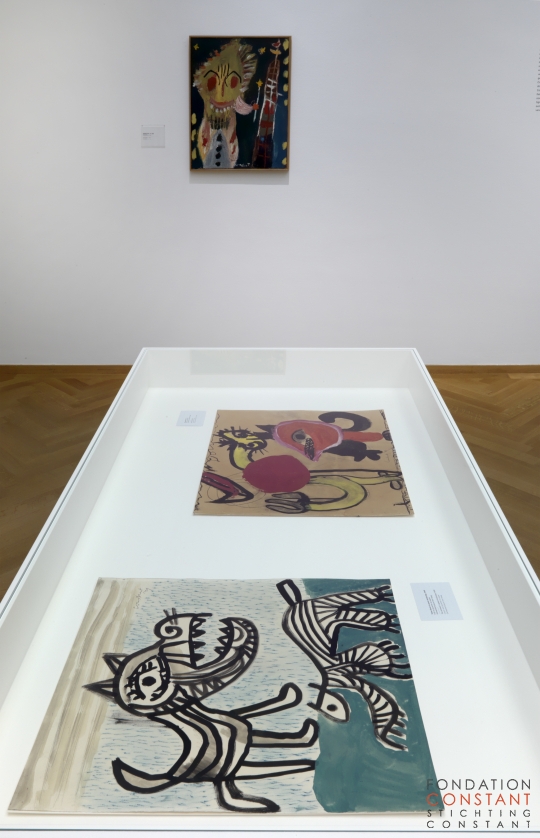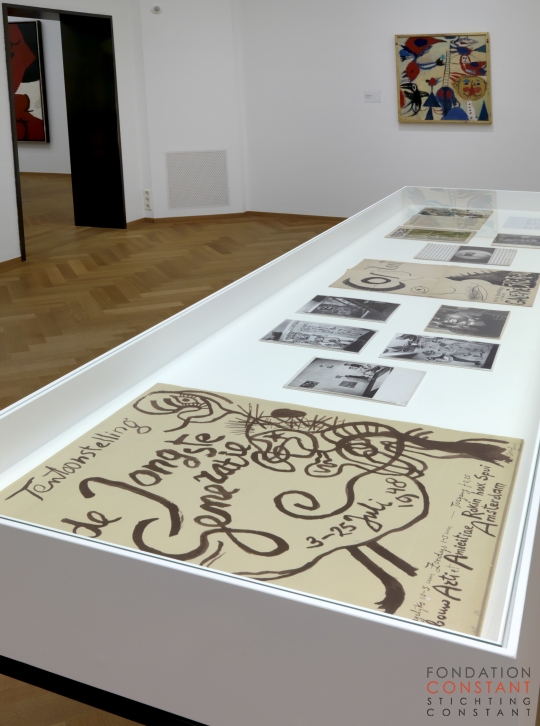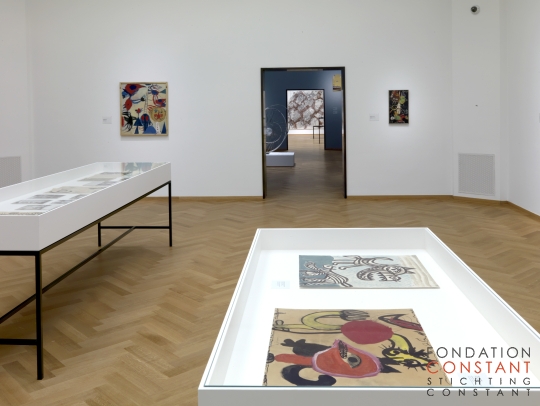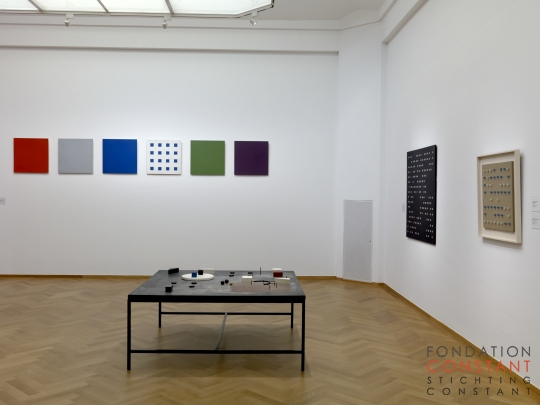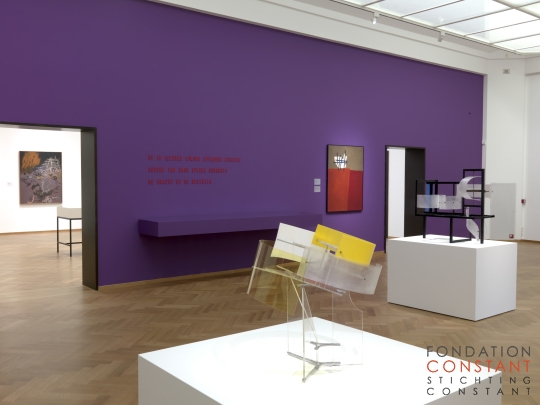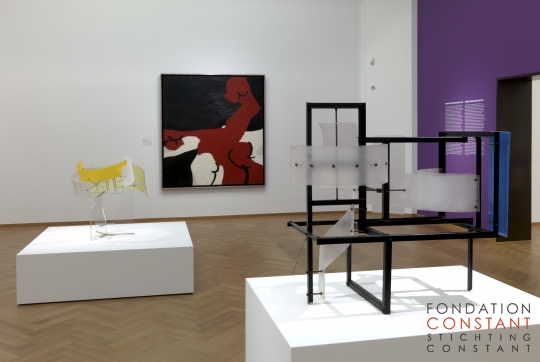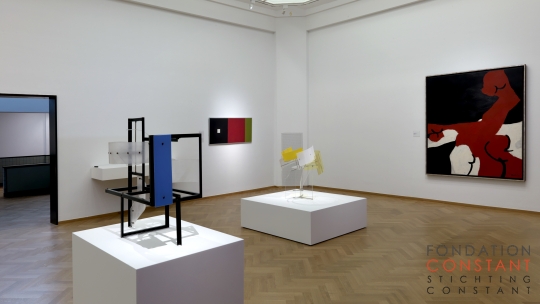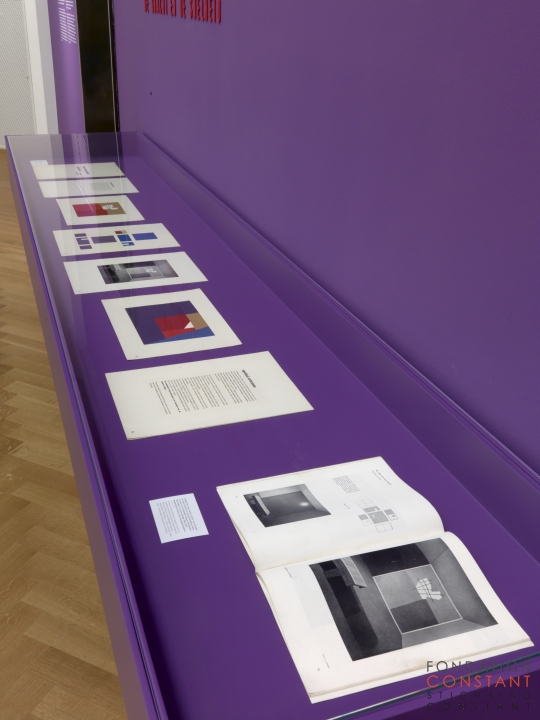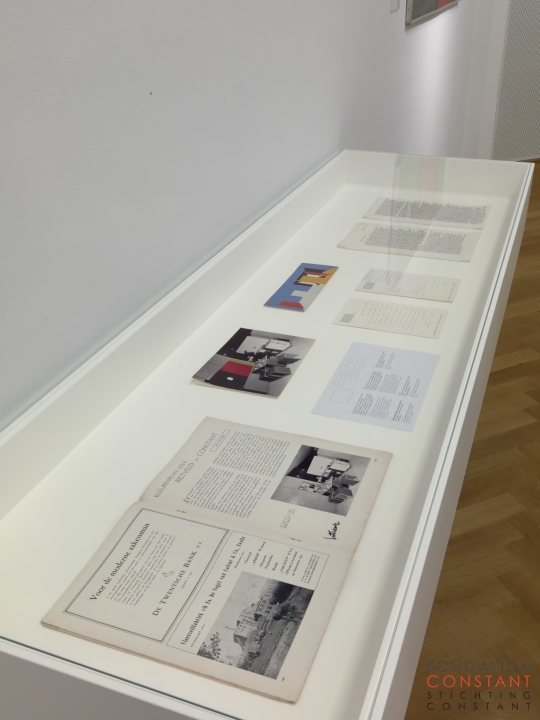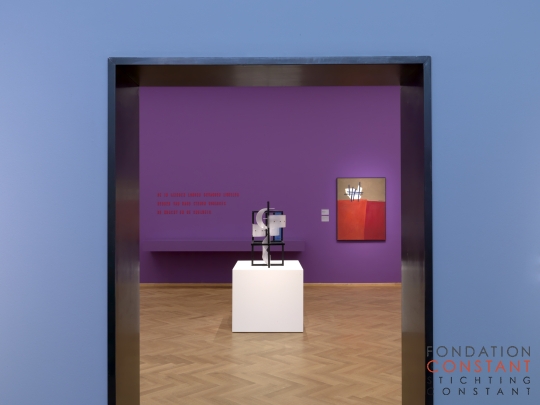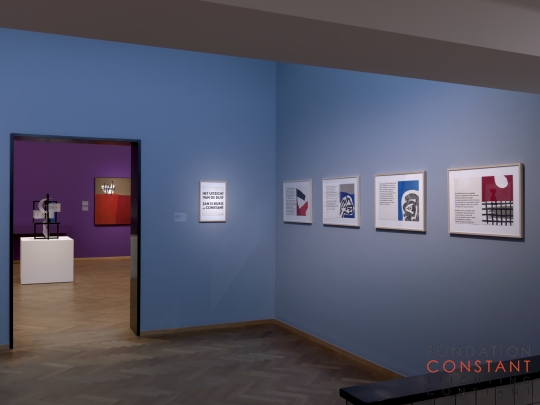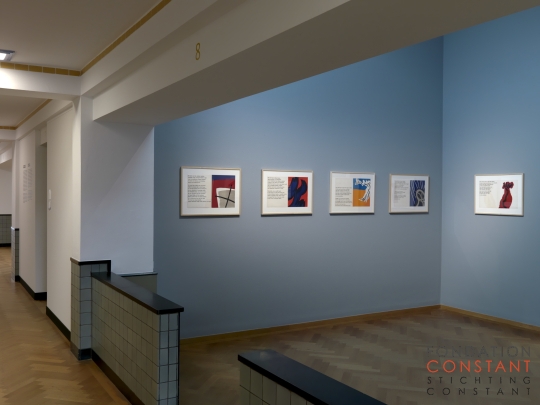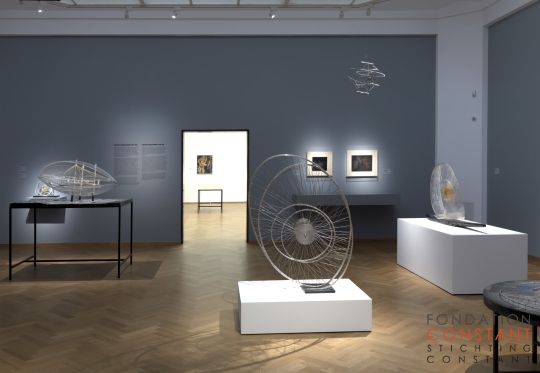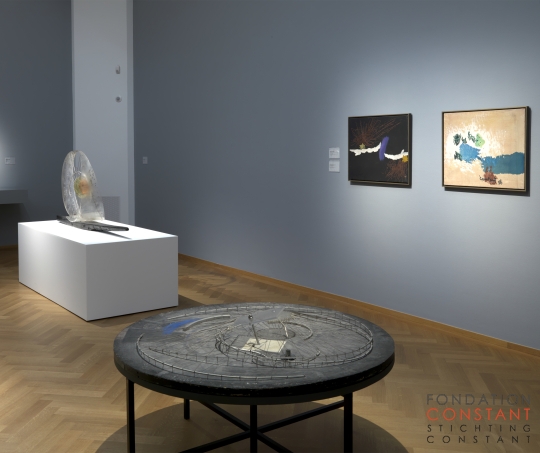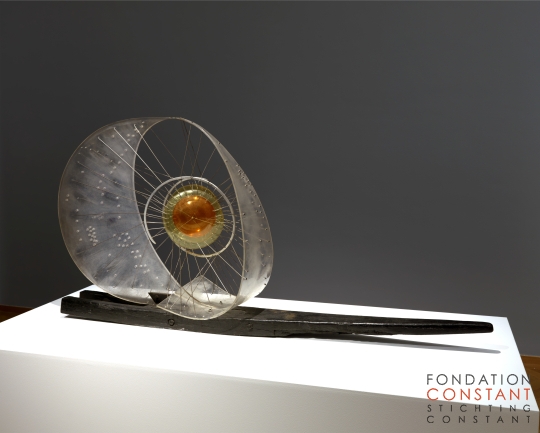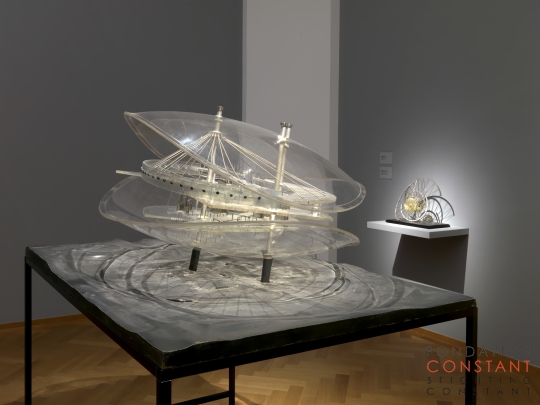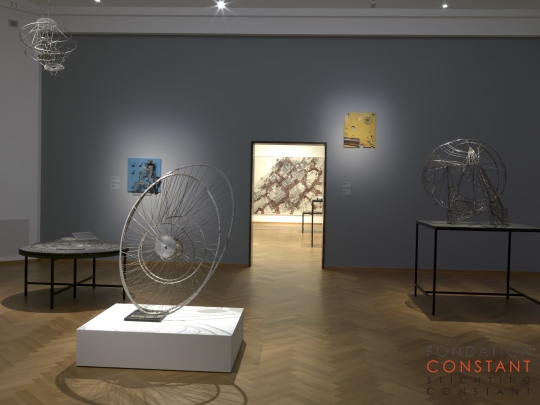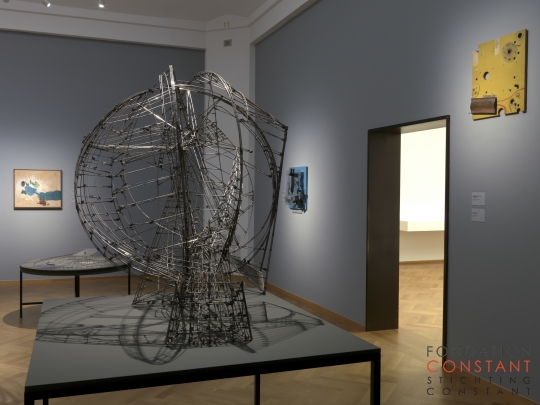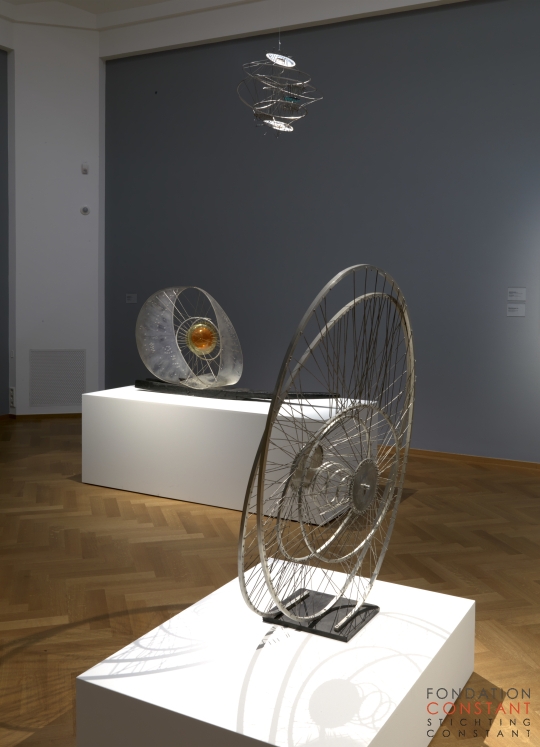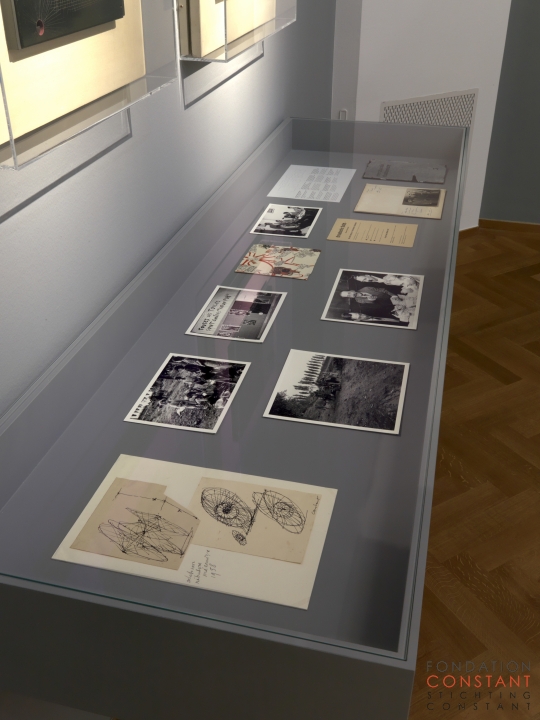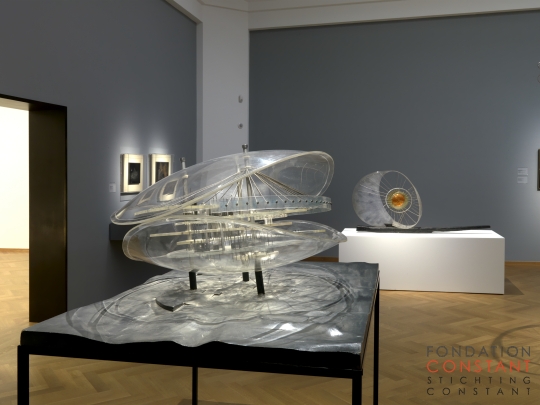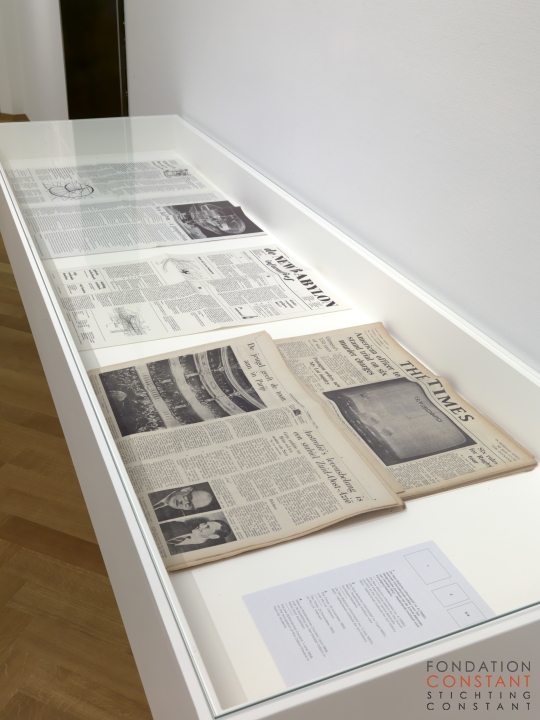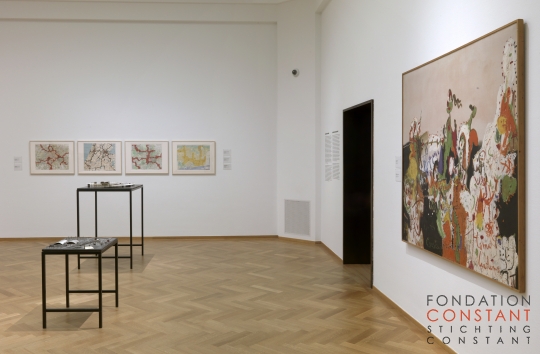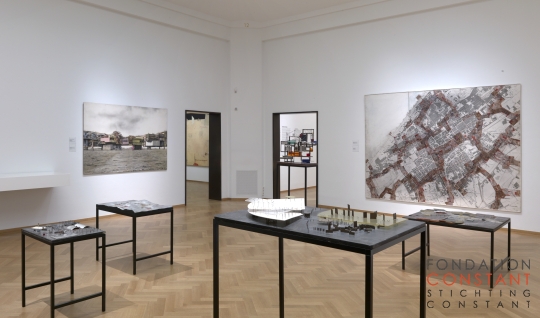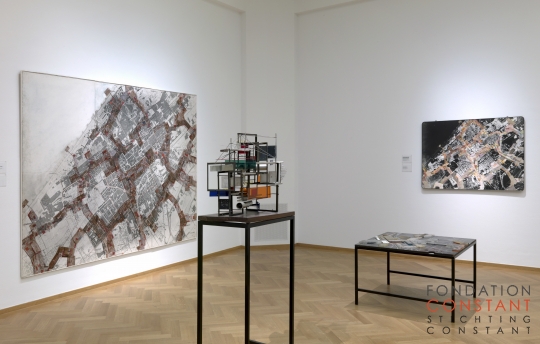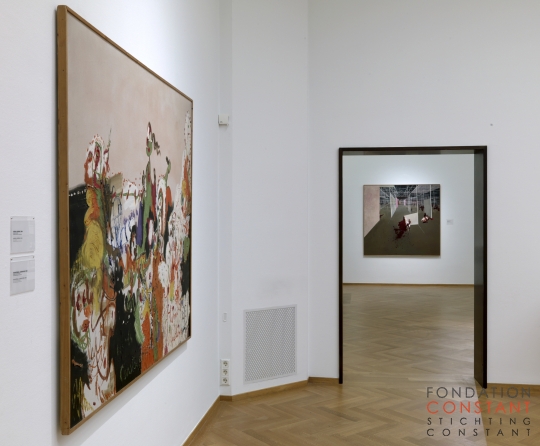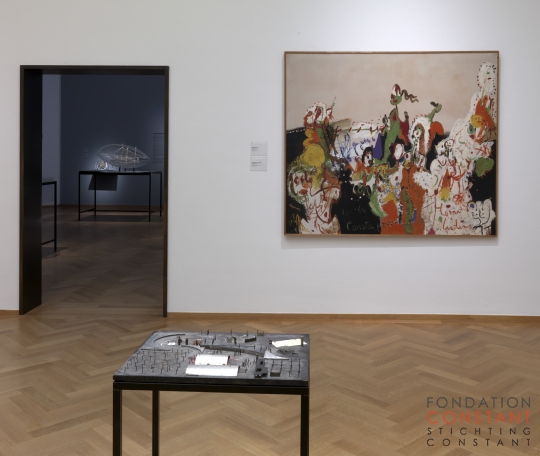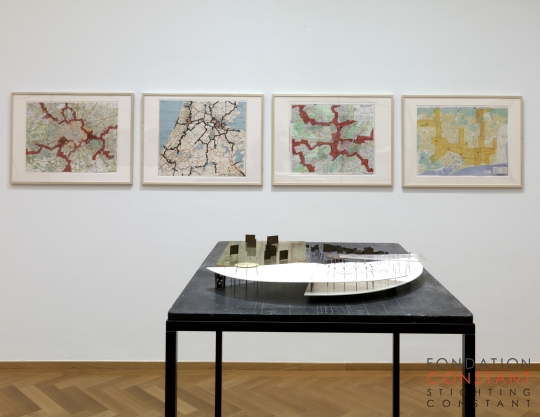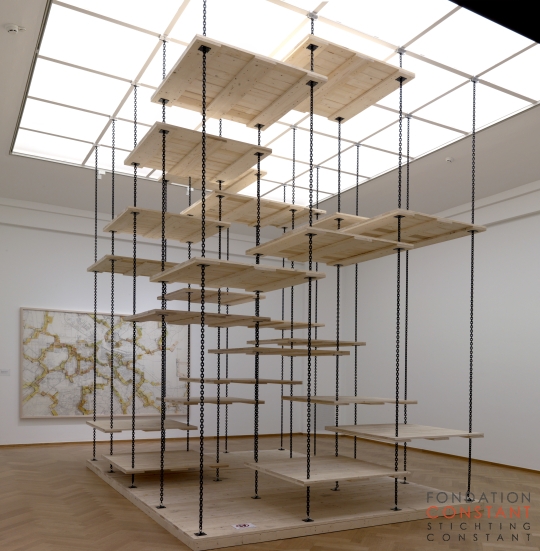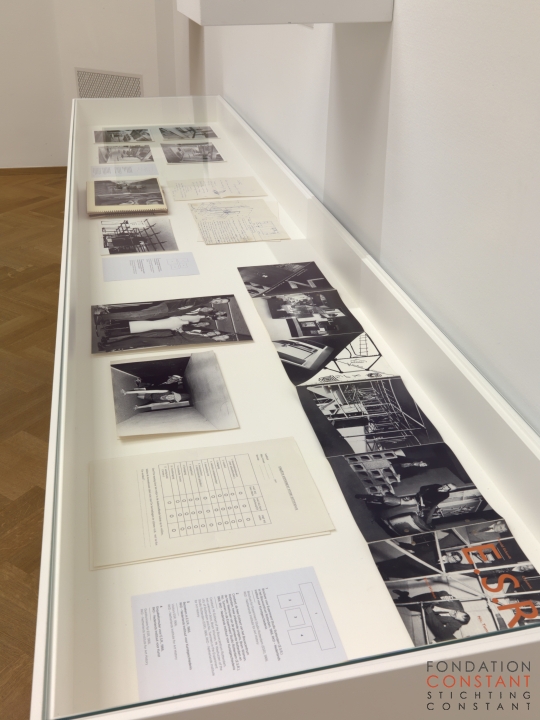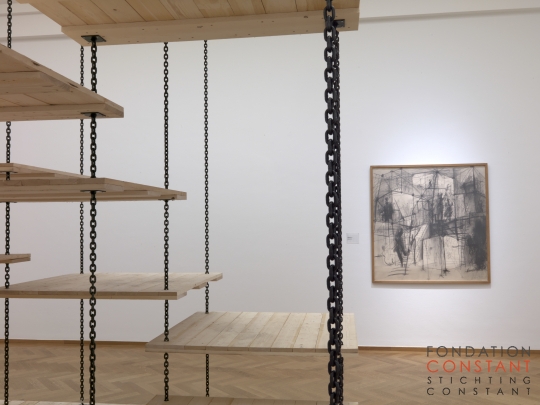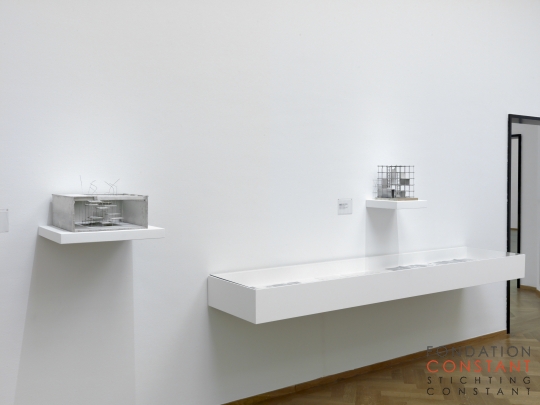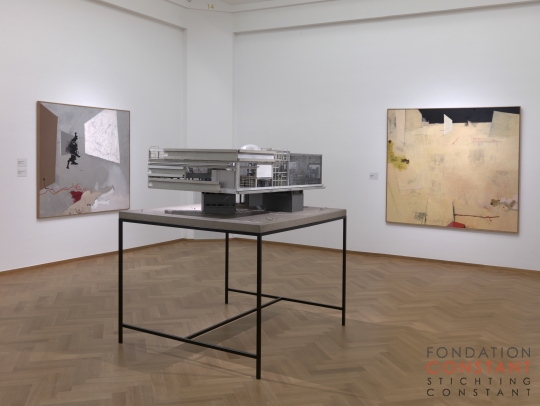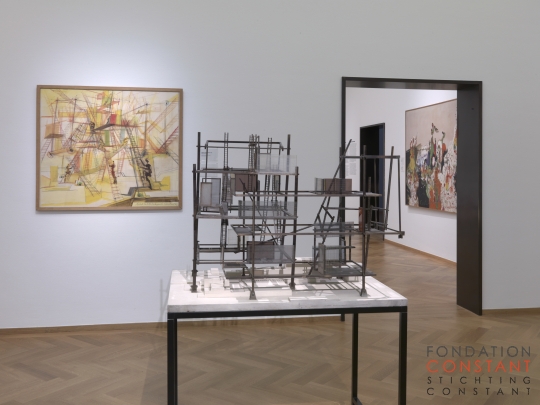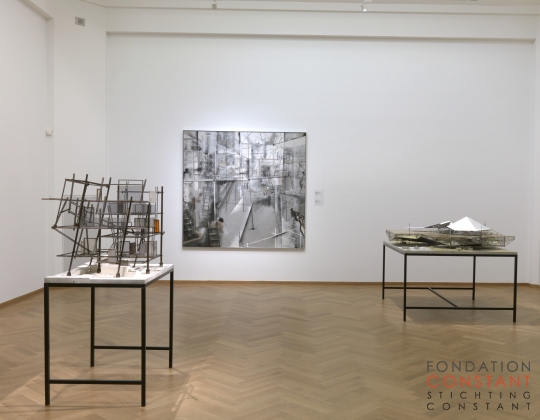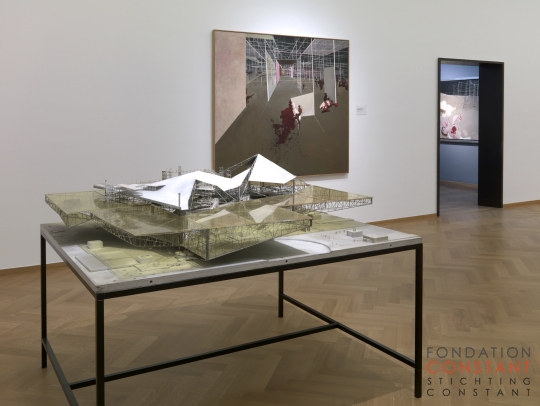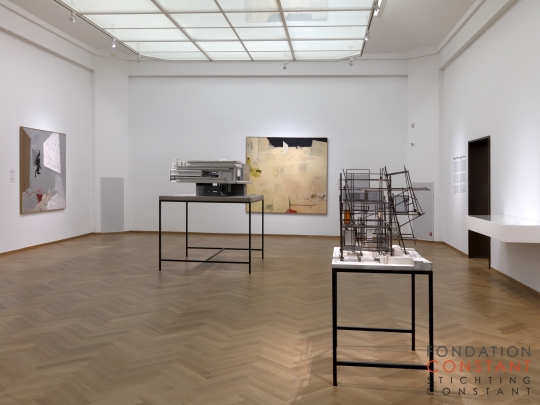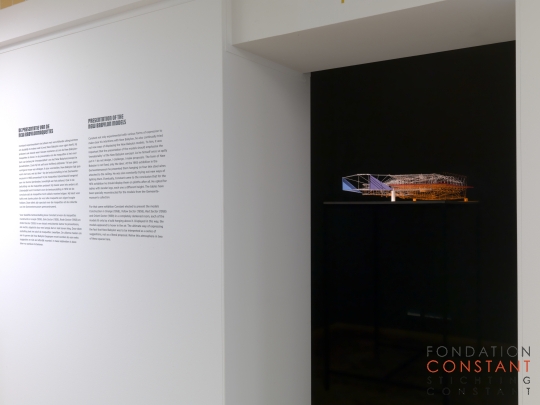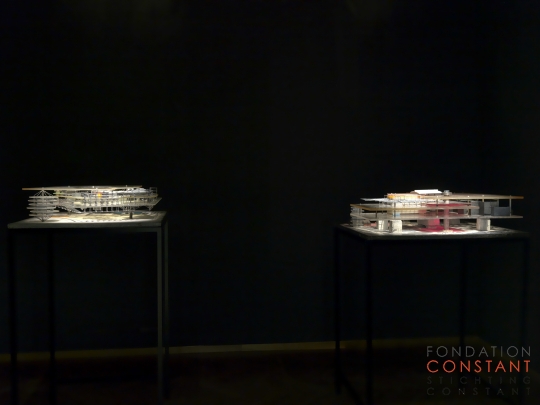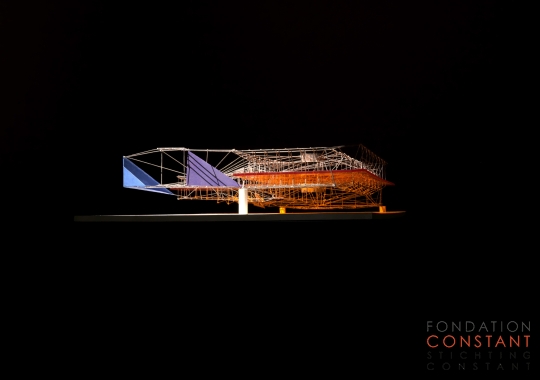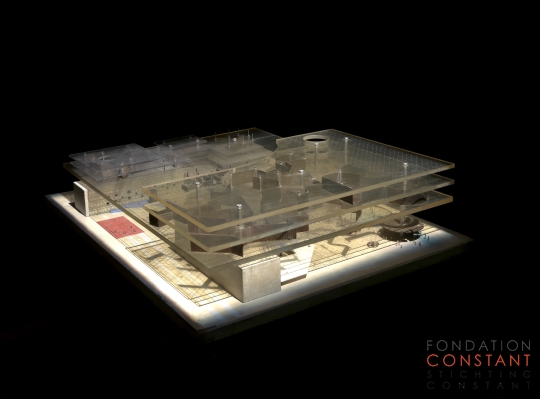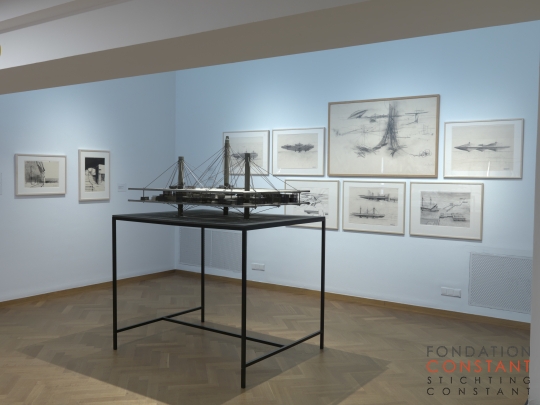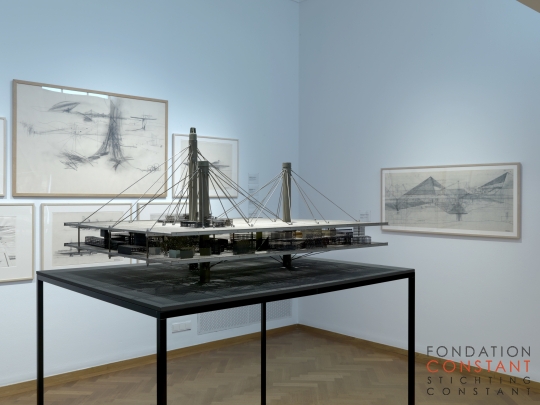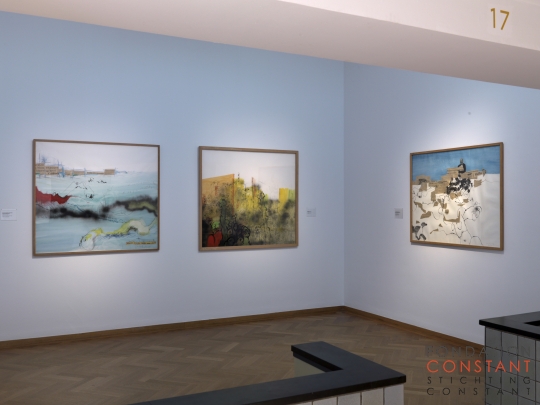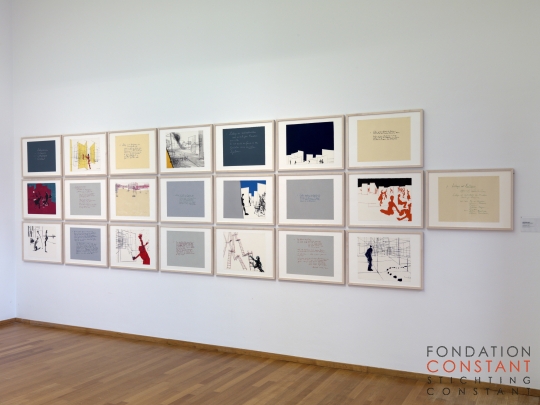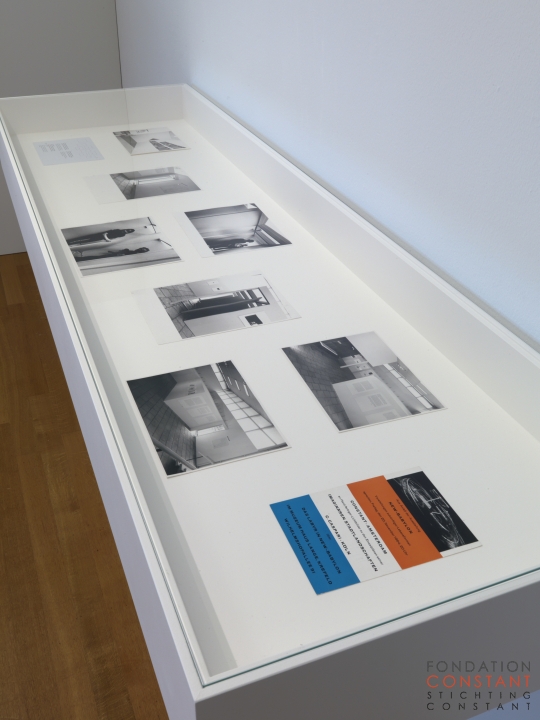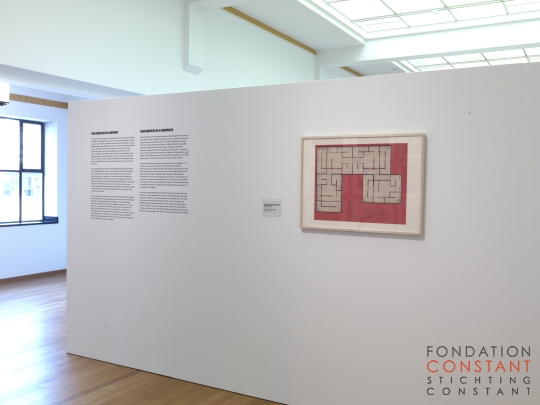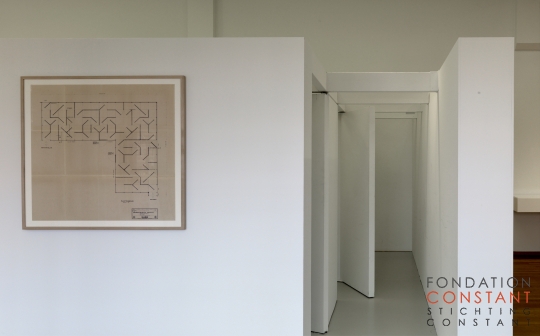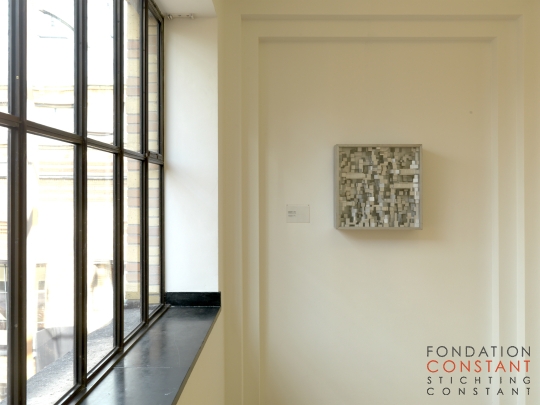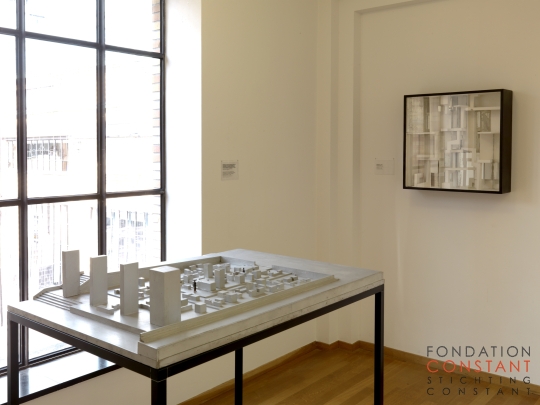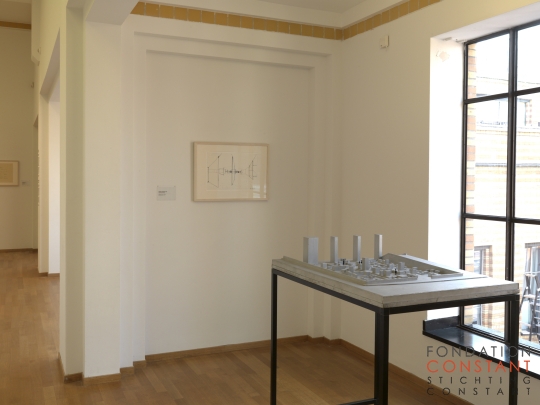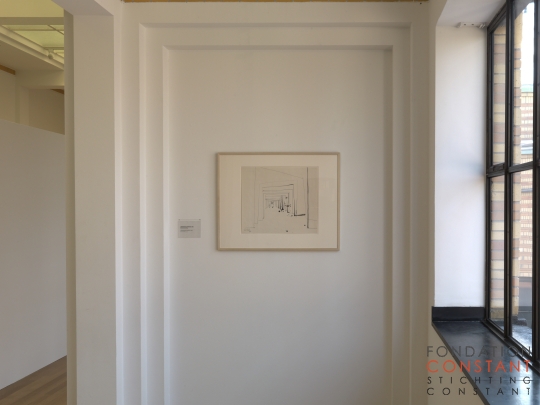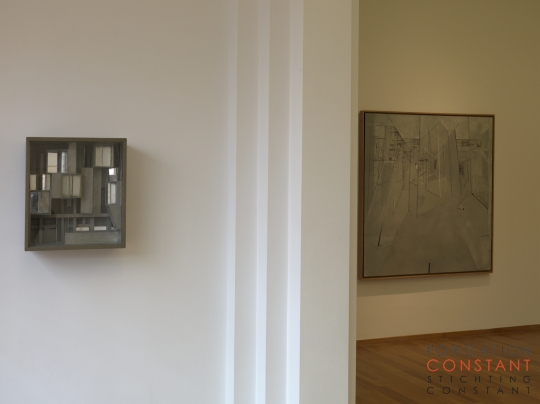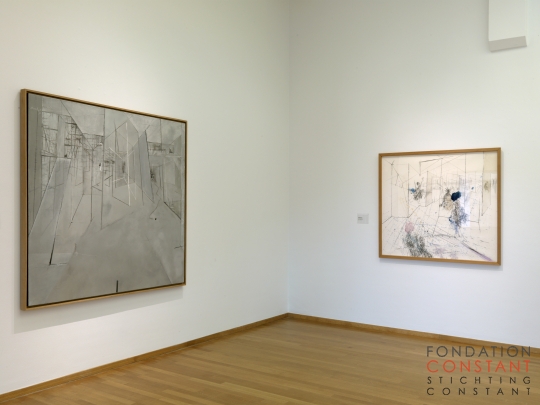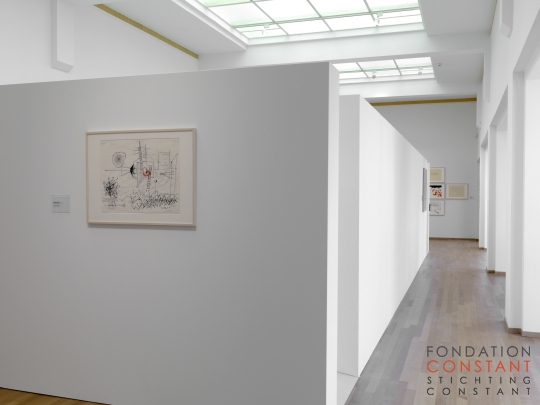Image

Constant - New Babylon. Aan ons de vrijheid
A world without borders or constraints. People freed from work and able to play and travel at will. Constant Nieuwenhuys (1920 – 2005) expressed his ideas for a new world in one of the largest and most visionary art projects in post-war history. New Babylon remains even now – and perhaps more than ever in the society of today – a source of inspiration for many people. The vast majority of the works associated with the project are in the hands of Kunstmuseum Den Haag and, working in close cooperation with Fondation Constant, the museum has carried out extensive research on them. The result is this summer’s show at the museum: one of the largest exhibitions ever held about this intriguing project, which forms a key part of Constant’s oeuvre.
Constant Nieuwenhuys (or Constant for short) was a leading member of the Cobra group but is equally famous for his intriguing New Babylon project, on which he laboured for almost twenty years. He witnessed the reconstruction of Europe in the aftermath of the Second World War and he saw how, by the 1950s, increasing automation was changing society. He revealed himself as a true visionary, producing architectural models, constructions, maps, paintings, drawings, watercolours, prints, films, texts, lectures and temporary ‘environments’ to suggest to the public what their world might in future become. The exhibition will look not only at New Babylon itself, but also at the aspects of Constant’s oeuvre that foreshadow it.
Liberty
Constant believed that, by liberating people from the imperative of work, the society of the future would produce a ‘homo ludens’ (‘man at play’), free to exercise personal creativity and to travel at will. Above the existing cities, new environments would be created where everyone would be free to move around as they wished. But the form of New Babylon remained fluid; Constant was merely suggesting how the world of the future might be organized. It would be for its inhabitants to give creative shape to it, depending on their changing needs and desires. As he himself put it, “Everything should remain possible; everything should be able to happen. The environment will be shaped by the activities of life, not vice versa”.
Reconstructions
Following an exhibition at the Kunstmuseum in 1974, Constant left most of his New Babylon works at the museum where, he said at the time, “it [could] be safely stored away for future generations and more favourable times”. He was keen to clear space in his studio for a return to painting. Over subsequent decades, a substantial proportion of the works were acquired for the collection. Since then, parts of the project have regularly gone on show but New Babylon has never been displayed in all its diversity. The forthcoming exhibition will underline the more playful aspects of New Babylon by including several reconstructions of Constant’s ‘environments’. The Projects Gallery will accommodate a section of the Labyrinth of Doors, devised for the 1974 exhibition, and items on show in the main exhibition areas will include a reconstruction of Constant’s Ludic Stairs playscape, exhibited in 1968 at the Amsterdam Historical Museum.
[video:https://youtu.be/t4p1KoZfiBs align:center autoplay:0]
Publication and children’s book
The exhibition at the Kunstmuseum will be accompanied by a detailed catalogue (published in Dutch by Hannibal and in English by Hatje Cantz) containing texts written by Laura Stamps, Rem Koolhaas, Willemijn Stokvis, Mark Wigley, Pascal Gielen, Trudy van der Horst and Constant himself. In addition, a children’s book about Constant is being issued by publishing house Leopold. It is authored by Maranke Rinck and illustrated by Martijn van der Linden. The Kunstmuseum’s special Children’s Gallery will offer a presentation based on the book.
Partnership with Cobra Museum
This summer the Kunstmuseum is working hand in hand with the Cobra Museum of Modern Art in Amstelveen to reveal the many different facets of Constant’s work. Concurrently with our exhibition, the Cobra Museum will present an exhibition entitled Constant. Space + Colour. From Cobra to New Babylon, focusing particularly on the so far little-known, but very exciting part of Constant’s oeuvre directly preceding the emergence of New Babylon.
The exhibition and catalogue have been created in close cooperation with Fondation Constant and the Reina Sofía museum in Madrid, where it has already been presented, and thanks to support from the Mondriaan Fund and the Netherlands Institute for Art History (RKD).
Details
Date
Location (museum)
Location (city, country)
Work
Bibliography
| Title | Year |
|---|---|
| Constant. New Babylon. Aan ons de vrijheid | 2016 |
| Constant. New Babylon. To Us Liberty | 2016 |
| Constant. Spelen in Nieuw Babylon | 2016 |
Exhibition
No related content available
Documentation
No related content available

